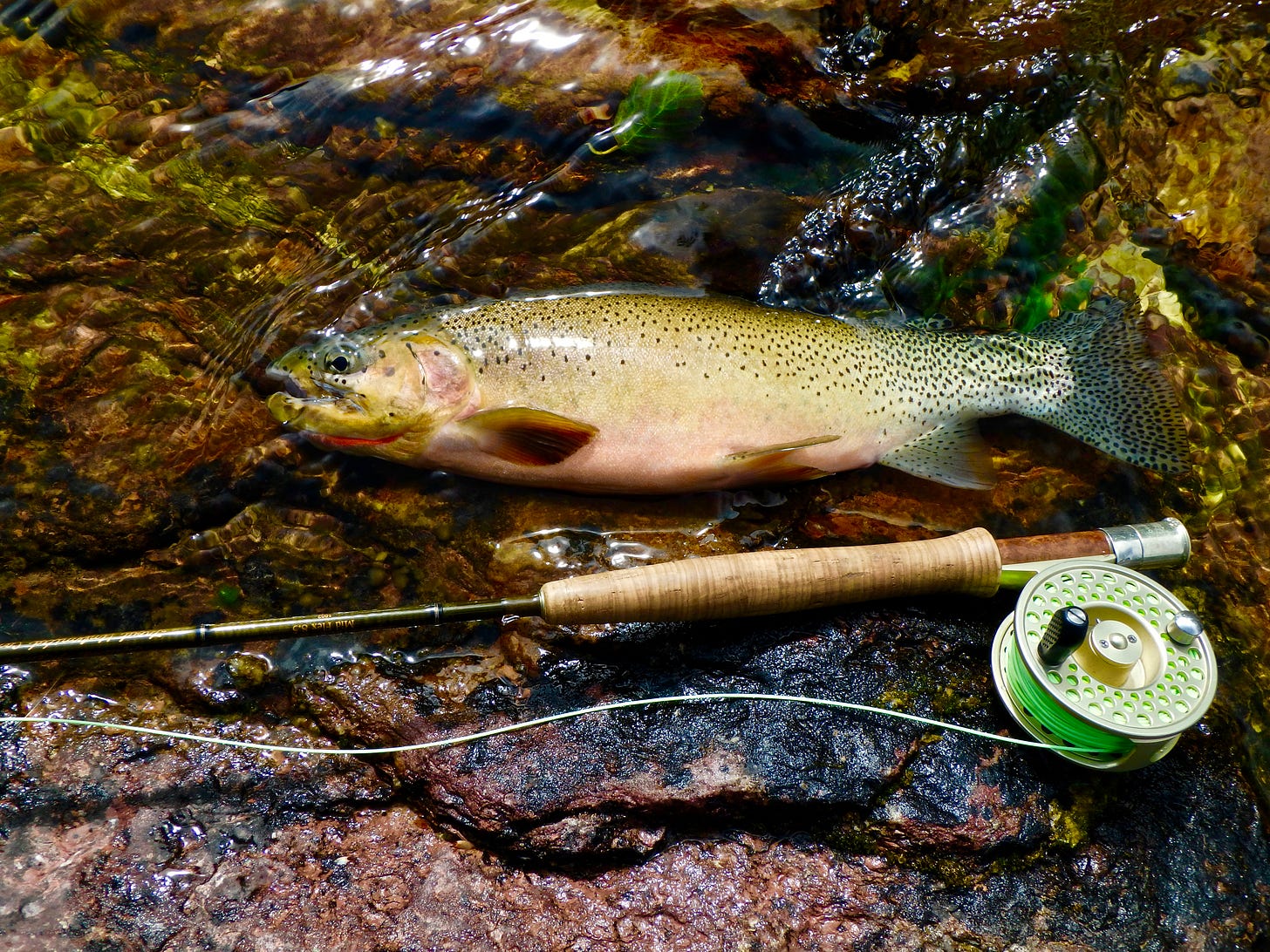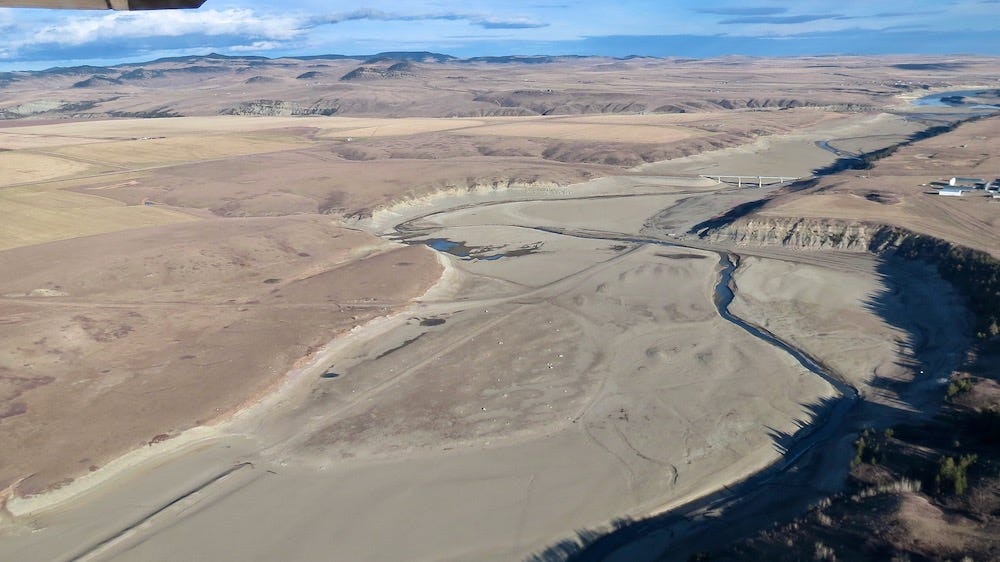"Unallocated, or surplus water exists only on paper."
Lorne explains the reality of this.
First, They Come for the Coal
Lorne Fitch, P. Biol.
A 19th century Quebec folk song echoes the failure to protect the Eastern Slopes:
“They gave away the forest, they gave away the land.
They gave away the rivers, they gave away the sand.
They gave away the silver, they gave away the gold.
They would have given away the air, but the air they couldn’t hold.”
Substitute coal for gold and a burgeoning Alberta tragedy unfolds.
Behind the scenes, quietly, in the halls of power, with active lobbyists for Australian coal companies and compliant politicians in the UCP government there is the pressure to change, irrevocably, the Eastern Slopes of Alberta.
The first step was to rescind the 1976 Coal Policy, a forward-thinking governance to restrict coal development to a few places and protect the rest of the Eastern Slopes. Albertans then strongly said no and a moratorium was instituted. With a strong sense of déjà vu, there was a flipflop back to open season for coal exploration and much equivocation over whether or not strip mines would be permitted (that’s still unclear despite several “explanations” by the minister of Energy).
Now, we know mountain-top, coal strip mines disrupt the natural collection, storage and release of water to downstream trout, cities and agriculture. Changes in the timing, amount and quality of water have negative implications for native trout, the gold seal indicator of healthy watersheds. Already, two native species, Westslope cutthroat trout and bull trout have declined to the point they have been designated as “Threatened.” New mines will tip them over the edge, as surely as mountain tops are tipped into the stream valleys these trout inhabit.
Various elements, locked into the overburden until released by mining include selenium, arsenic, uranium, cobalt, chromium and mercury. This is a witch’s brew of potential contaminants. The Elk Valley, a few kilometers west in BC has seen drinking water impacted by mining, native cutthroat trout populations decimated and condemnation from Montana for harming water quality in a shared river.
As F. Scott Fitzgerald wrote, in The Great Gatsby:
“They were careless people, Tom and Daisy. They smashed up things and creatures and then retreated back into their money or their vast carelessness, or whatever it was that kept them together and let other people clean up the mess they had made.”
On reflection you might have thought Fitzgerald was observing the decisions of the UCP government related to coal development.
The final indignity is coal mining requires water, lots of it, to wash coal to remove impurities. This must be what coal proponents, including the crop of current UCP politicians mean when they talk of “clean coal.”
The amount of water required to wash coal for the Grassy Mountain mine is something on the order of 600 million liters/ year. In drought that’s almost half of the volume remaining in the Oldman Reservoir. Coal is thirsty.
Most disturbing is most of this water will be lost to both evaporation and attached to coal particles on the way to a BC port. It is water irretrievably lost from the system and unavailable for downstream ecological, economic and social uses.
There is an erroneous narrative circulating that the mine can get all the water it needs on site, from old mine pits. That narrative doesn’t hold water because the mine pits don’t hold enough even for one year of operation.
Covetous eyes are focused on small headwater creeks, like York Creek, currently ungauged. That means stream flows are, at best, estimates. Detailed instream flow need assessments would be prudent to know how much water is there and the amount required to satisfy the ecological needs of trout species. It may be evident already that any perceived stream flow surpluses are illusionary. Dewatering these streams for coal mines would be the removal of critical habitat, a prohibition under Federal law.
Coal companies search for the volumes required would mean dipping into a diminishing supply in southern Alberta. Political intervention in water allocation to aid Australian coal companies runs a very real risk of affecting trout populations, downstream water drinkers, established industry, agriculture and our commitment to meeting interprovincial flow requirements. Unallocated, or surplus water exists only on paper. It currently is part of river flow, keeping trout alive, and maintaining a healthy ecosystem.
First, the coal companies come for the coal and then, they want to drain the streams of the Eastern Slopes for coal processing. Is this the best use of our limited and precious water, to launder coal?
Decisions on water allocation have to be made in the public interest, what’s best for Albertans— not what’s best for Australian coal companies.
Lorne Fitch is a Professional Biologist, a retired Fish and Wildlife Biologist and a past Adjunct Professor with the University of Calgary. He is the author of Streams of Consequence: Dispatches From the Conservation World and Travels Up the Creek: A Biologist’s Search for a Paddle.



CBC Daybreak is going to be at Seeds café in Pincher Creek Saturday morning (March 1). I cannot remember the name of the rancher they will be interviewing/ discussing the coal issue. I wonder if any of you will be going?
With respect, I don't think the numbers are right for the comparison of the water required by Northback to the quantity of water in the Oldman Reservoir. The Oldman Reservoir currently has about 278 million cubic metres. https://www.lakelandtoday.ca/beyond-local/declining-water-levels-in-oldman-reservoir-md-assures-close-monitoring-10228913
...the Grassy Mountain Coal Mine WDL application was submitted, with a total request for 558,772 m3 (~559 ML) from two local licence transfers from Crowsnest Pass MD and Devon Canada Corporation, plus one new industrial allocation request of 150 AF (185 ML) or the total industrial allocation available under the Oldman WAO. https://ablawg.ca/2021/03/08/does-the-water-licence-for-a-coal-mine-capture-its-impact-on-the-water-resource-examining-benga-mining-limiteds-proposed-grassy-mountain-mine-in-the-headwaters-of-the-oldman-river-basin/?amp=1